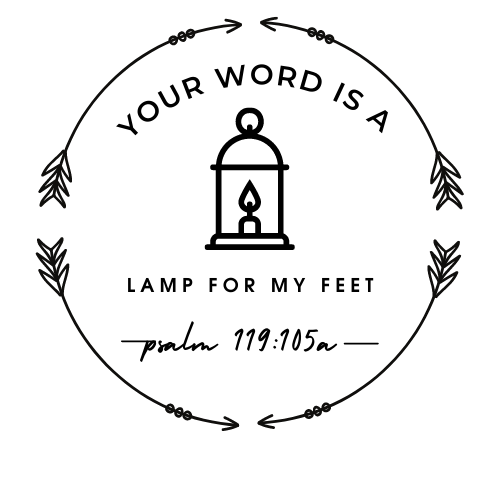Homeschool methods of educating your child, and the learning style of each individual, are the two best predictors of how you can most effectively educate your child at home and select the best curriculum for them.
These two things address the how and why of your homeschool experience and should be considered carefully.
I’ve been all over the internet to learn about homeschool methods and learning styles, and I will address the ten top homeschool methods, as well as the four main learning styles.
How do they work together? How does this guide your curriculum choices? Read on and see my helpful chart at the end.
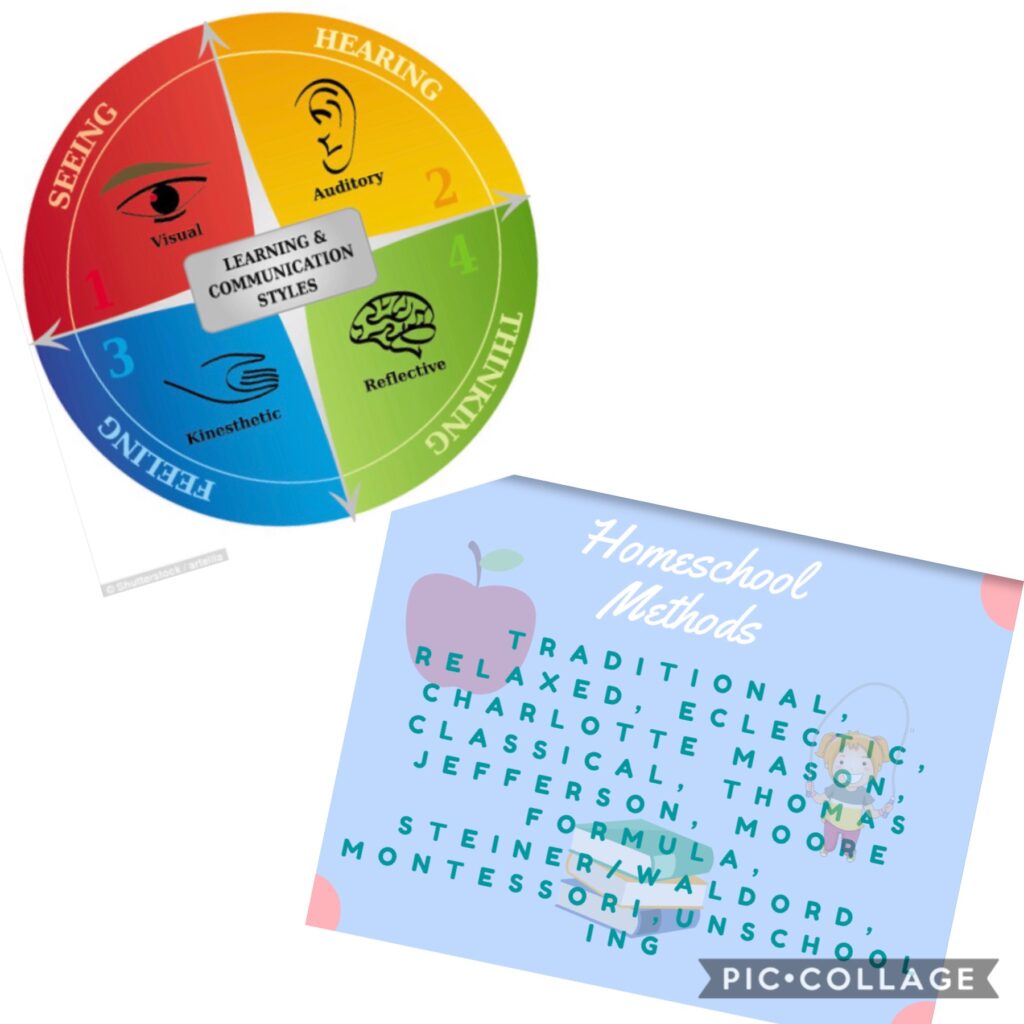
HOMESCHOOL METHODS
Your homeschool method is your mindset and approach to learning and life.
Ask yourself what you value. A growth mindset? Freedom? Individualization? A love of learning? These questions help guide you to investigate the homeschool methods available.
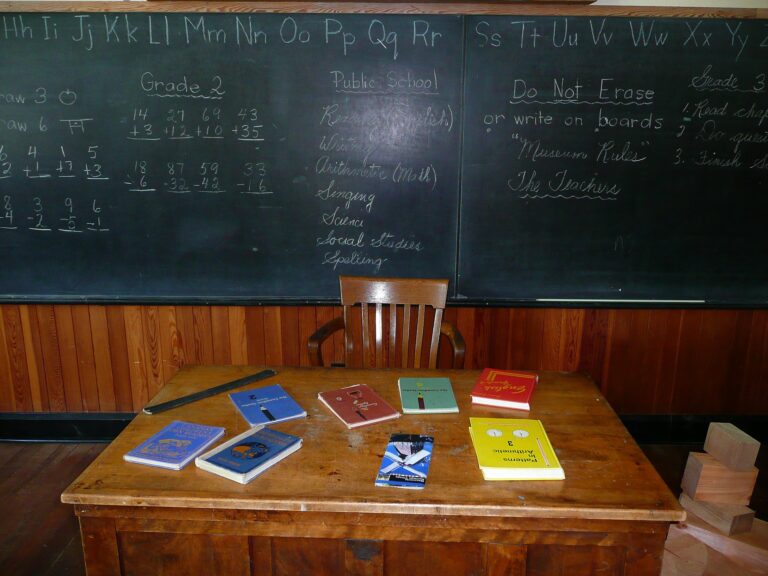
TRADITIONAL
This method is characterized by replicating the public school environment at home.
Oftentimes parents who use this method have desks in rows, take attendance, adhere to strict schedules, write “recess” on their teacher planner, and even pack sweet little lunch boxes with bologna sandwiches, apple slices, potato chips, and cookies! Ha!
Familiarity is the strength of this method, as many parents have been through the public system.
Burnout, however, is a big drawback here as the method used to manage 30 children in a brick and mortar school setting often falls flat when implemented by a parent to 3.15 children in a home.

RELAXED
Relaxed homeschoolers are flexible and change and adapt easily.
They go at their own pace, therefore, have much less stress and more fun than other methods. The focus is spontaneity and relationships over meeting arbitrary benchmarks set by the local or other authorities.
They likely will not follow one curriculum but will piecemeal together what works best, or not feel bad about throwing it out altogether and trying something else as needed.
Individualization and a stress-free life are strengths of this method, however, critics would argue that the lack of structure and possibly follow-through could be a hindrance to learning for some children, or even their adult life if these things are not modeled.
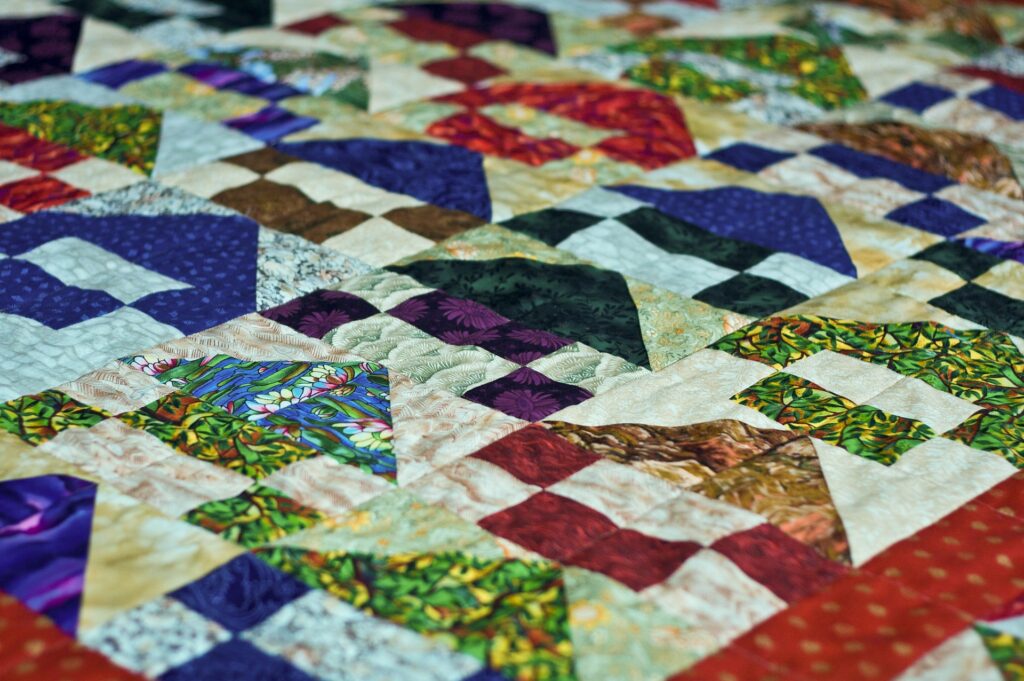
ECLECTIC
Mix-and-match is the keyword for this method, with the use of many different curriculums and mediums making up the mainstay of this method.
Eclectic homeschoolers are often relaxed as well, so you will see some overlap in these two methods, however, I would say the relaxed method is slightly more unconventional and has more focus on relationships.

CHARLOTTE MASON
Charlotte Mason was an English educator in the 1800s and revolutionized ideas about learning and children.
The method which bears her name is known for living books (written by people who know and love the subject therefore curiosity is ignited by their passion for the subject matter) not textbooks, or what she called, “twaddle”.
Short lessons, narration, copy work, art, music, time outdoors for nature walks, and nature journaling are all stressed. Developing good habits and doing handicrafts are also taught in this method.
Charlotte felt children were capable of much more than we give them credit for and should be nurtured, all evident in this popular homeschool method.

CLASSICAL
This academic method of homeschooling is based on the trivium and learning facts, rather than child-focused in self-expression or discovery.
The classical trivium is three stages of learning correlating with the student’s developmental stages of readiness. The student moves through the Grammar stage-concrete thinking, Logic stage-analytical thinking, and Rhetoric stage-abstract thinking, all to develop knowledgeable, articulate students who know how to learn.
It may seem overwhelming, but it is popular and you can’t dismiss its students: Saul of Tarsus, Thomas Jefferson, and Albert Einstein.

LEADERSHIP/THOMAS JEFFERSON
Although Thomas Jefferson is named above as being taught in the classical method, ironically he has a method all his own!
The leadership method of homeschooling is characterized by cultivating a love of learning and a strong scholar who is inspired to pursue their education.
Parents are mentors to their students and must take on academia themself to mentor, discuss and challenge their mentees. The question for the student is, “What do you want to become”?
Core concepts involve students who are inspired to spend much time reading and studying, not required to do so; quality work is the standard and if not met must be redone; time is protected for the student to have ample, but they must self direct the content covered in that time; busy-work and complexity are non-existent as the student simply reads, writes, discusses concepts and does projects as appropriate.

MOORE FORMULA
Named after Dr. Raymond Moore, this method is also divided into three main categories of focus: study and work (equal amounts of each), and service (one hour daily).
Unit studies are utilized frequently and tailored to students’ interests.
The most prominent feature of this method is its adherence to a “better late” philosophy of education, recommending children wait to start formal education between 8-10 years old. This better aligns with developmental readiness and prevents burnout. Children under 8 have routines that focus their day developing strong living skills.
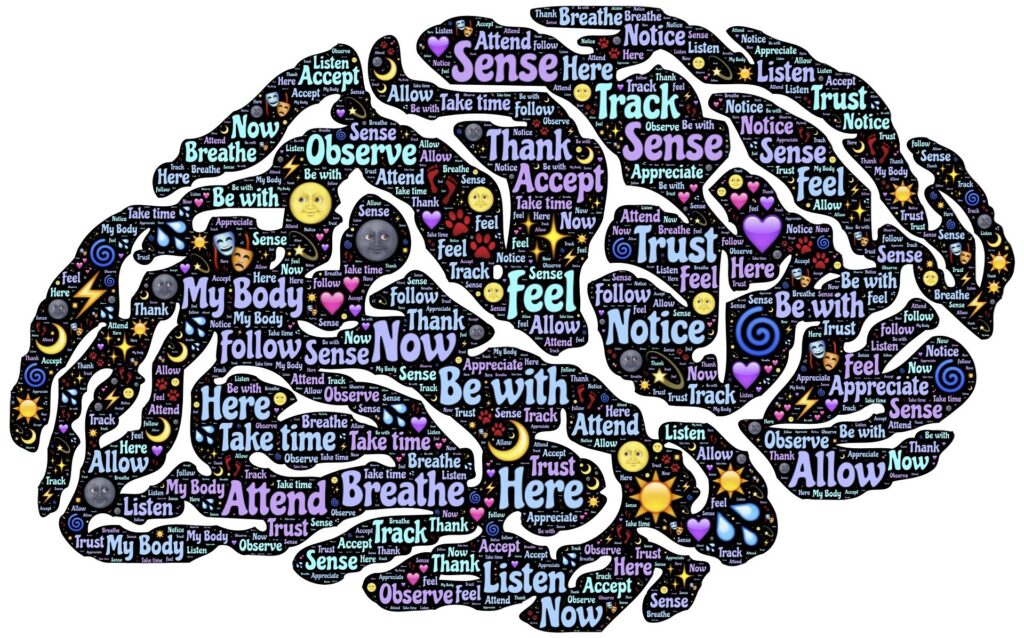
STEINER/WALDORF
This method focuses on mind, body, and spirit, with imagination being paramount.
It is holistic liberal arts-based utilizing the natural world over textbooks, with technology not used until high school. Subjects are not seen as separate but interconnected and approached that way.
I must issue a strong caution in this method. Steiner founded a philosophy called ‘anthroposophy’ which is the basis of the spiritual concept in this method and is not consistent with biblical Christianity. Christians adopting this method would need to correct this view of the spiritual component.

MONTESSORI
This method often heard of in pre-school circles, is similar to unschooling in that it is child-directed, however curriculum and routine may be more evident as well as self-discipline and self-regulation.
Key components of this method are respect for the child, the absorbent mind, sensitive periods, the prepared environment, and auto education.
These components are adapted as the child develops through different “planes”: infancy (birth-6), childhood (6-12), adolescence (12-18), and transition to adulthood (18-24). Teachers are facilitators and observers, there to introduce new experiences when different planes have been reached.

UNSCHOOLING
The unschooling method, perhaps the most unorthodox, is child-led and interest-driven.
The natural curiosity of children is nurtured and parents work hard to provide resources and connect their students to people and places that will help cultivate these interests.
It is seen as a “hands-off” approach to education, where the student makes the decisions, and the burden is on them to figure out what their passion is and pursue that. It could involve anything from starting a business, shadowing a farmer, reading the classics, to worksheets and textbooks, but the student makes these calls.
The most radical unschooling philosophy puts everyday decisions like when to sleep and what to eat solely in the hands of the child, alleging they will ultimately conform to what is best for them as an individual.
You can see there are many overlaps in these methods and some nuanced differences, as well as substantial differences as we move through the list.
Which ones jump out to you? Have you found one or two that you want to research more?
This list is not exhaustive but a good lay of the land. I think it gives you a starting point to begin to choose or reassess your homeschool method.
REMEMBER:
You make the rules and you can pick and choose pieces of these methods and create a unique homeschool method that works for you with components from different models!
Homeschool methods are only half the equation! What about the learning style of the student? Wouldn’t a child’s propensity to learning be an indicator of what method would work best? YES!
LEARNING STYLES
There are models representing learning styles with 3-12 different categories depending on where you look! This is not a concrete science, so you are free to find one that resonates best with you. I will be using a widely accepted model of four learning styles.
Note: Some people don’t believe there are learning styles we must accommodate. This blog post is not taking that stance.

Visual
Visual aids, real-life objects, and demonstrations all work best for the visual learner who observes images to understand concepts. Graphs, charts, maps, photos, and videos all work well with this learner.
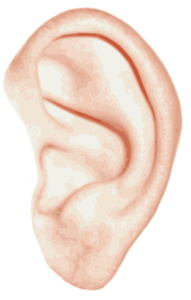
Auditory
Read-a-louds, lectures, discussions, and questions and answers all help auditory learners learn best. They often prefer reading out loud rather than in their head and are known to never stop talking!

Linguistic (read/write)
The written word and text is the primary learning mode for this child, who will love the dictionary, books, taking notes, reading information, and anything that has to do with words.

Kinesthetic (body/movement)
Physical activities, sports, experiments, and hands-on tasks where they can learn by doing are the best way for this student to learn. They are full of energy and can learn while they walk or bounce and are always in motion. This is the child on the rebounder spelling words in unison to each jump!
You can see by now the homeschool methods and learning styles I have covered all have unique characteristics. Some work very well together, some do not. I have created a chart with learning styles and homeschool methods and which ones would work together, in my opinion. This is a starting point for you to dig deeper and make certain that the recommendations I have made will pan out for your family.
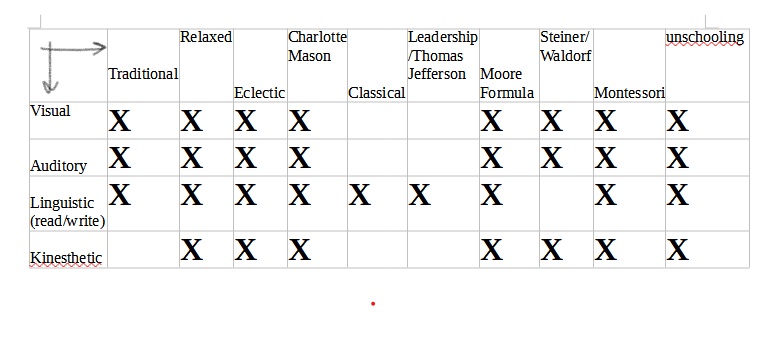
Chart example: A kinesthetic learner who needs to move and be physically engaged to process information, would have a difficult time in a heavily academic school method with lots of seat work, such as the Traditional model. Can it be done? Maybe. But I vote for picking good strong matches rather than pounding a square peg in a round hole.

Take some time to inventory your child’s learning behaviors. Talk to them and determine how they learn best.
Next, rule out any homeschool methods you know will not fit your family. For example, some may be heavier on parent preparation and involvement which could be difficult with the triplets!
Now you have narrowed down your homeschool methods to a few you are very interested in.
The next step? Prayer and research.
Ask the Lord to lead you to the perfect curriculum for your child and open the doors to receive it. Internet search the “Christian [homeschool method] curriculum” as well as your child’s learning style.
Learn more about both and start to see what curriculums pop up that catch your eye. The Lord will help you see what he wants you to use.
Most curriculum sellers allow you to see a lesson as well as the table of contents. Be certain it supports a strong biblical worldview.
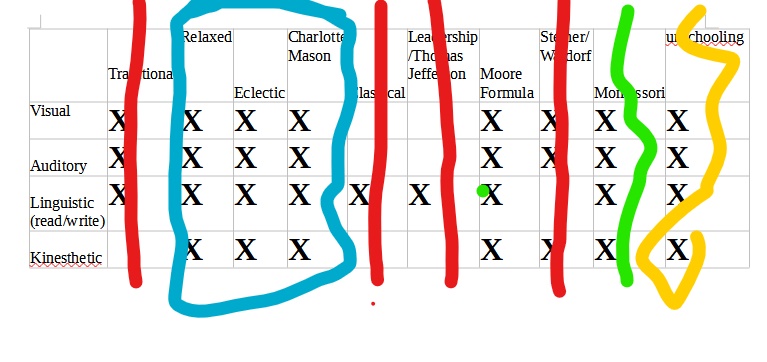
Other things to consider:
Does your child prefer learning alone or with others?
How about using paper and pencil or computer programs?
How much are you willing to spend on the curriculum?
Can you find what you need from a friend or used?
Are there any special circumstances in the home that need to be accounted for?
Does your child have a special skill that requires lots of time outside the home (violin lessons for example)?

And lastly, what is your learning style, mom?
Many times we don’t consider a homeschool method for our child because it doesn’t appeal to us. This is very real and we have all done this!
This is one of those times we have to suck it up and do what is best for our students so they can succeed.
You may not enjoy the thought of lots of bookwork for your linguistic learner, or endless jumping for your kinesthetic learner, but if that is how they thrive, I know your prayers to our Father in heaven to be able to guide and teach them in these ways will be answered!
You got this mom! Take it one step at a time, and you will figure out how to bless your children with the best home education ever!
Leave a comment below and tell me about your kiddos learning style and your homeschool method!
